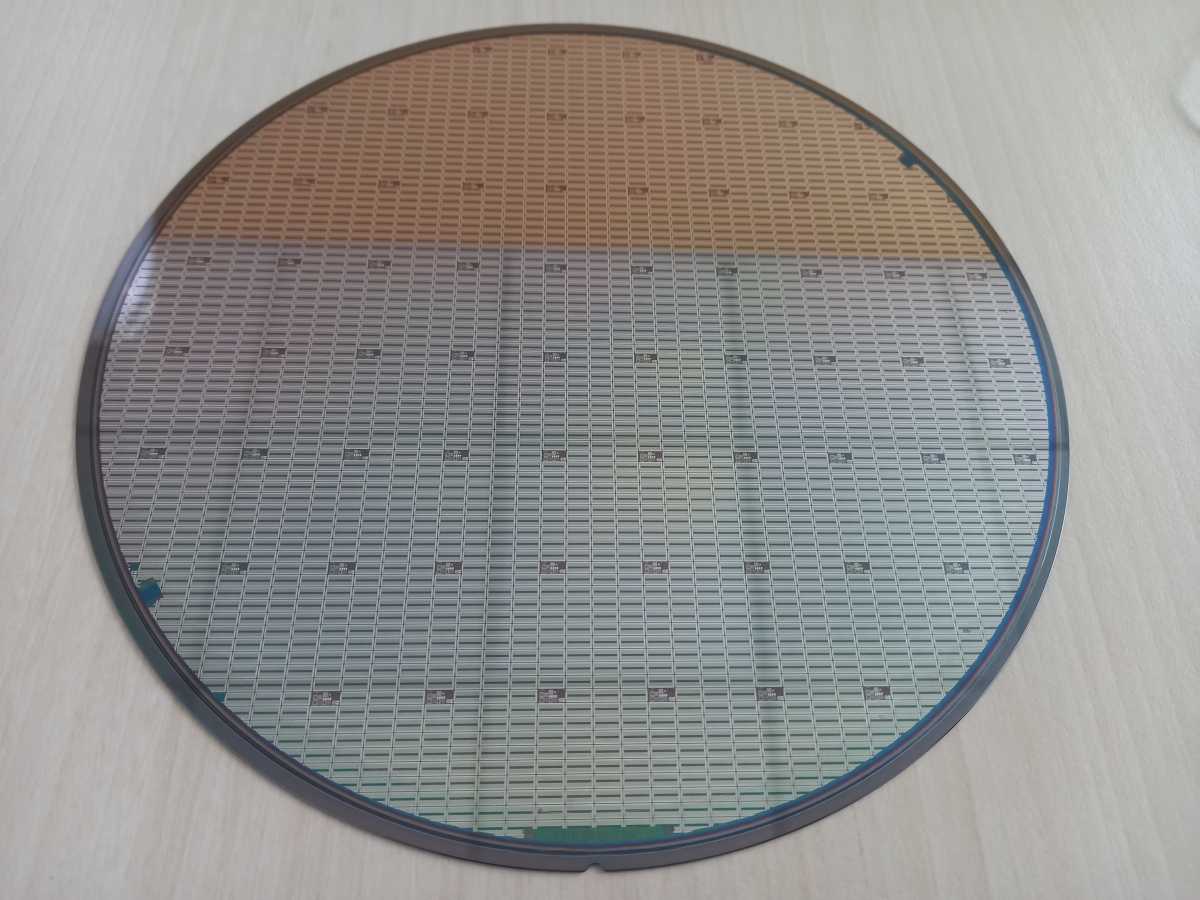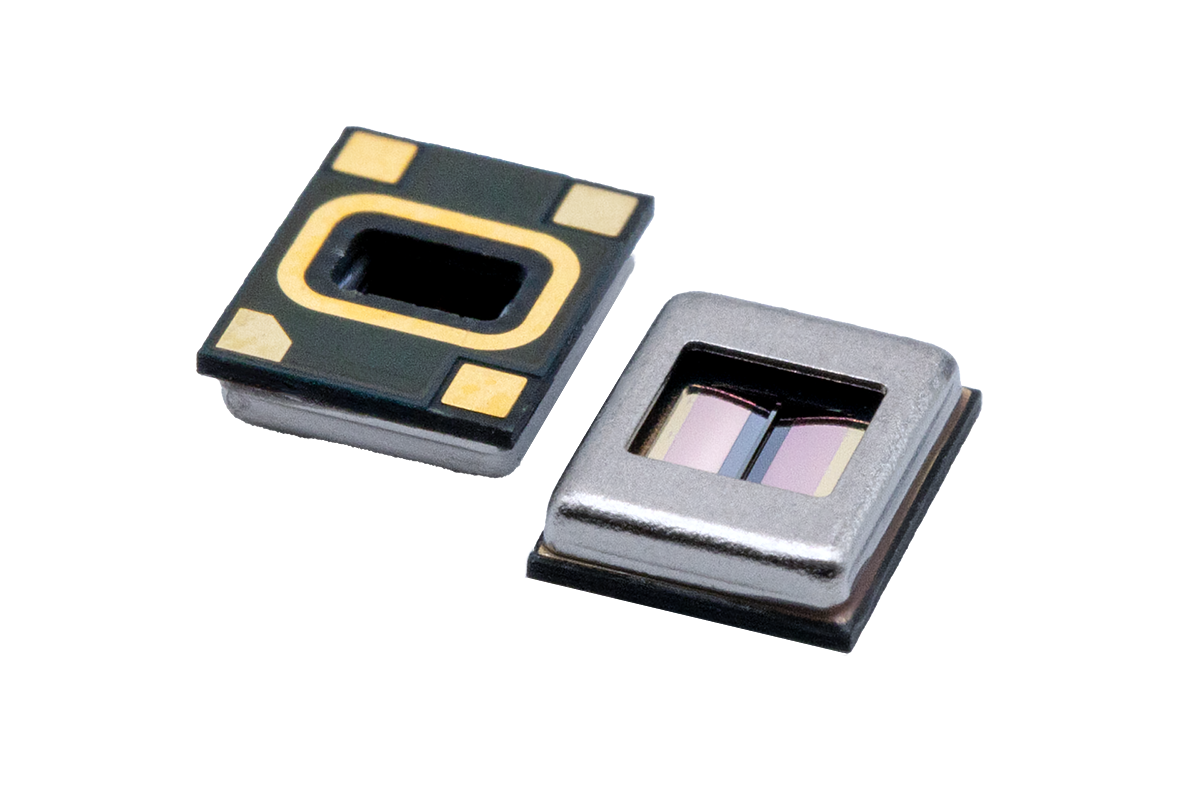This new tech promises inexpensive, audiophile-quality earbuds

I’ve been around audio and computer technology long enough to have seen lots of “next big things” fizzle when interesting concept transitions to real-world product. After spending some quality demo time with the xMEMS company and its silicon micro-speaker, I can say this concept has the potential to deliver audiophile-quality earbuds at very consumer-friendly prices.
xMEMS draws its name from MEMS (micro-electro-mechanical systems), a technology that incorporates both electronics and mechanical elements at the microscopic level. MEMS are already used in a host of applications, including small microphones; my xMEMS demo was related to using MEMS to build high-end, but inexpensive audio products, including earbuds.
The company’s micro-speakers are silicon chips with piezo-electric flaps mounted on top that deform and relax rapidly when hit with transitory electrical signals. The resulting vibration moves air, creating sound. In essence, the silicon chip on which the micro-speaker is built performs the same task that a magnet would in a conventional speaker, and the flaps perform the role of a traditional speaker’s cone.
What are the specs behind xMEMS’ technology
I was impressed with the specifications xMEMS touts even before I heard its demo: Flat frequency response from 20Hz to 20kHz–or higher, if you want it; blazingly quick response and settling times (i.e., the speed at which a speaker starts and stops vibrating, respectively); device resonance above 10kHz, where the effect is minimal, are all far better than the best specs I’ve seen for traditional audiophile speaker designs.
xMEMS’ Montara, Cowell, and Montara Plus microspeakers are produced on silicon wafers at TSMC’s fab at a cost per unit that should allow an earbud manufacturer to build an audiophile-quality product with retail prices in the $125 to $200 price range.

xMEMS’ microspeakers are produced on silicon wafers to allow for maximum uniformity.
xMEMS says the sonic uniformity of a microscopic product produced on wafers saves vendors tons of money. Normally, speakers must be sorted according to their relative merits before they can be matched as stereo pairs. Non-uniformity in frequency response, resonance, and/or transient response can play havoc with a set of speakers’ fidelity.

To give you and idea of the size we’re talking about, this is an xMEMS’ Cowell micro-speaker –the type that would be used in a earbud–on top of a dime.
MEMS micro-speakers have other advantages, too: The absence of magnets means speaker designers don’t need to compensate for the interference that magnetic fields produce.
And xMEMS says its product is rated IP58 for protection from dust (particulate matter won’t cause failure) and water (they can be submersed in up to three meters of water for 30 minutes). And that’s for the components themselves, even before they’re put inside an enclosure. So, if you forget to take your xMEMS-based earbuds out of your pocket before you toss your pants in the wash, you won’t ruin find them ruined after the spin cycle. Looking for more in-depth information about IP codes? Just click the preceding link.
xMEMS also produces a solid-state, dynamic (open/closed by signal) physical shutter, called Skyline, that OEMs can employ to exclude or admit ambient sound. The Skyline can enable more versatile, combination open-ear/closed-back headphone designs.

The Skyline dynamic air vent can shut out or let in ambient noise, allowing for dual open-ear/closed -back headphone designs.
The final component I was shown was a tiny speck of an amplifier, the Aptos, which is featured in the schematic below. That image also shows how xMEMS speakers can be combined with traditional audio speakers to increase bass response.
Today, xMEMS’ micro-speakers are designed only for captive-air (in this case, the space inside your ear canal) audio devices such as earbuds and hearing aids; however, the company is working on a free-air design (essentially meaning no enclosure is required) that could be used in applications where more air needs to be moved, such as portable Bluetooth speakers or bookshelf speakers.
The xMEMS demo delivered impressive sound
The sonic quality I heard from xMEMS’ 3D-printed earbuds prototype prove company’s specs aren’t just hollow numbers. The three things I look for when reviewing audio products–punchy bass, easily discernible and realistically rendered acoustic instruments, and accurate high-end frequencies with some sparkle, if you want it–were all accounted for.

xMEMS micro-speakers are so small they can be combined with conventional drivers in hybrid designs with accentuated sonic characteristics.
I lay most of the credit for the tight bass and mid-range accuracy on the lightning-fast transient response and settle times, but xMEMS also plays up the lack of phase distortion and, of course, the product’s super-high resonant frequency.
Note that I heard both the Montara Plus bare as well as the Cowell, the latter functioning as a full-range speaker sitting atop a 9mm traditional speaker (shown above), where it provided additional thump and sub-bass.
I also checked out the Skyline vent, which also worked as advertised. The ambient noise arriving had a tinny quality, but I’m guessing that was at least partially due to the 3D-printed earbud’s housing.
The future of MEMS technology in speaker design
There are simply too many advantages, not the least of which are affordable retail products with incredibly accurate sound, for MEMS speakers to not impact the earbud market in a big way. I suspect audiophile earbud vendors will soon be crying in their beer over the advent of cheap, high-quality sound for the masses. And to that, I say “tough.”
Continue Reading